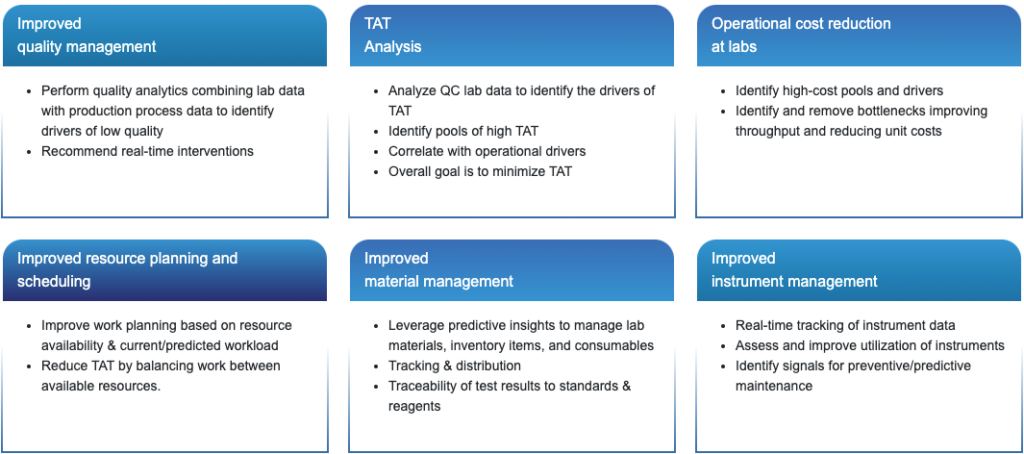Introduction
Clinical trial sites deal with a myriad of tasks right from patient recruitment to capturing patient data and performing tests/procedures. In addition to facilitating patient interface, these sites also serve as the direct point of care for medical concerns. Sites have a direct impact on the enrollment rate, patient screening, patient retention, data quality, and compliance with regulations, and study protocol.
If a clinical trial fails to reach its enrollment target, the trial timeline would increase, resulting in extensive monetary losses, potentially budding the need for new sites. It is therefore paramount for clinical trial success to select a high-performing site with adequate outreach capacities, a physician network, and a promising local population demographic. A high-quality trial site consolidates the sponsor’s ROI along with the effective timeline of a novel drug’s patent.
Site selection in hindsight: Revolutionizing clinical trial optimization with AI
The conventional method used to select clinical trial sites relied on their experience in facilitating studies. However, this method deduced high historical participation as an indication of high enrollment potential, which isn’t always right. Such and similar loopholes in site optimization are being countered by modern technologies such as AI.
AI is now seen as the ultimate decision-making tool, enabling predictive models to anticipate future enrollment rates based on historical data. This includes enrollment duration, site activation time, and time to first patient in. Such predictive models help you identify and select the most resourceful, and relevant sites for your research. Real-time monitoring and forecasting of site performance further aid in the early detection of performance issues, supporting proactive decision-making.
The power of AI: Consolidating site performance and clinical trial success
AI is set to transform clinical trials with real-time insights for site optimization. Here is how AI helps –
- Continuous capturing and assessment of enrollment data provide up-to-date information on enrollment progress and completion timelines.
- Real-time monitoring enables simulated enrollment scenarios to accurately forecast enrollment rates and mitigate site performance discrepancies, regulatory challenges, and slow recruitment.
- Automated data analysis, timely insights, and predictive analytics facilitate real-time site performance monitoring.
- Advanced AI algorithms and models can effectively identify deviations from expected site performance trajectory and prompt resolution strategies.
- Enrollment rate, enrollment target achievement, dropout rate, participant diversity, and other key performance metrics can be accurately tracked with AI.
- AI-enabled real-time dashboards and reports offer a comprehensive overview to the relevant stakeholders of site performance.
TCG Digital’s site optimization solution powered by AI platform mcube™
TCG Digital’s site selection tool is powered by the AI engine of mcube™. It is designed to facilitate seamless site selection and enable clinical trial optimization.
Our approach focuses on –
- Using a multi-objective optimization function for optimal site selection, keeping different criteria such as cost, quality, historical performance, and existence of KOLs.
- Ensuring access to the subject population adhering to the eligibility criteria.
- Identifying resource availability, technical facilities, and staff quality at sites.
The algorithm also uses business rules for faster and more efficient execution. This approach helps biopharmaceutical companies and researchers select the most suitable site for their clinical trials. Moreover, by providing the option of better sites, the site selection solution improves trial timelines and minimizes site-related costs.
Empowering future clinical trials with AI-enabled site optimization
More and more emphasis is being laid on choosing the most relevant, resourceful, and equipped clinical trial sites, in order to ensure the success of medical research. As a backbone, these sites play a multifunctional role and are detrimental to enhancing data quality and enrollment rates and ensuring compliance. Overcoming the limitations of traditional site selection techniques, TCG Digital’s AI-powered approach stands to revolutionize the process of site selection. With real-time insights into site performance, proactive decision-making is made easier, allowing for early issue resolution. AI algorithms, capable of continuously monitoring enrollment data offer substantial scope in performance optimization and maximizing return for sponsors.


